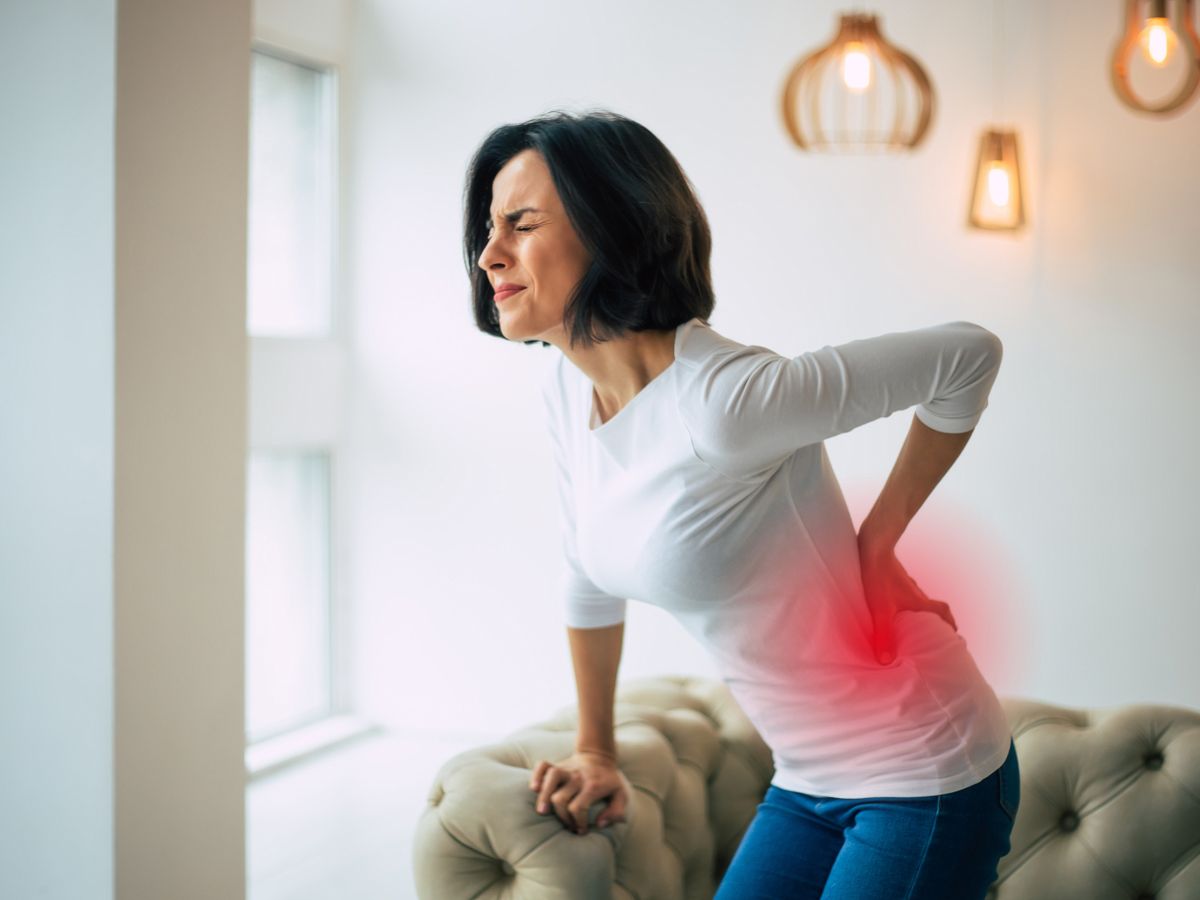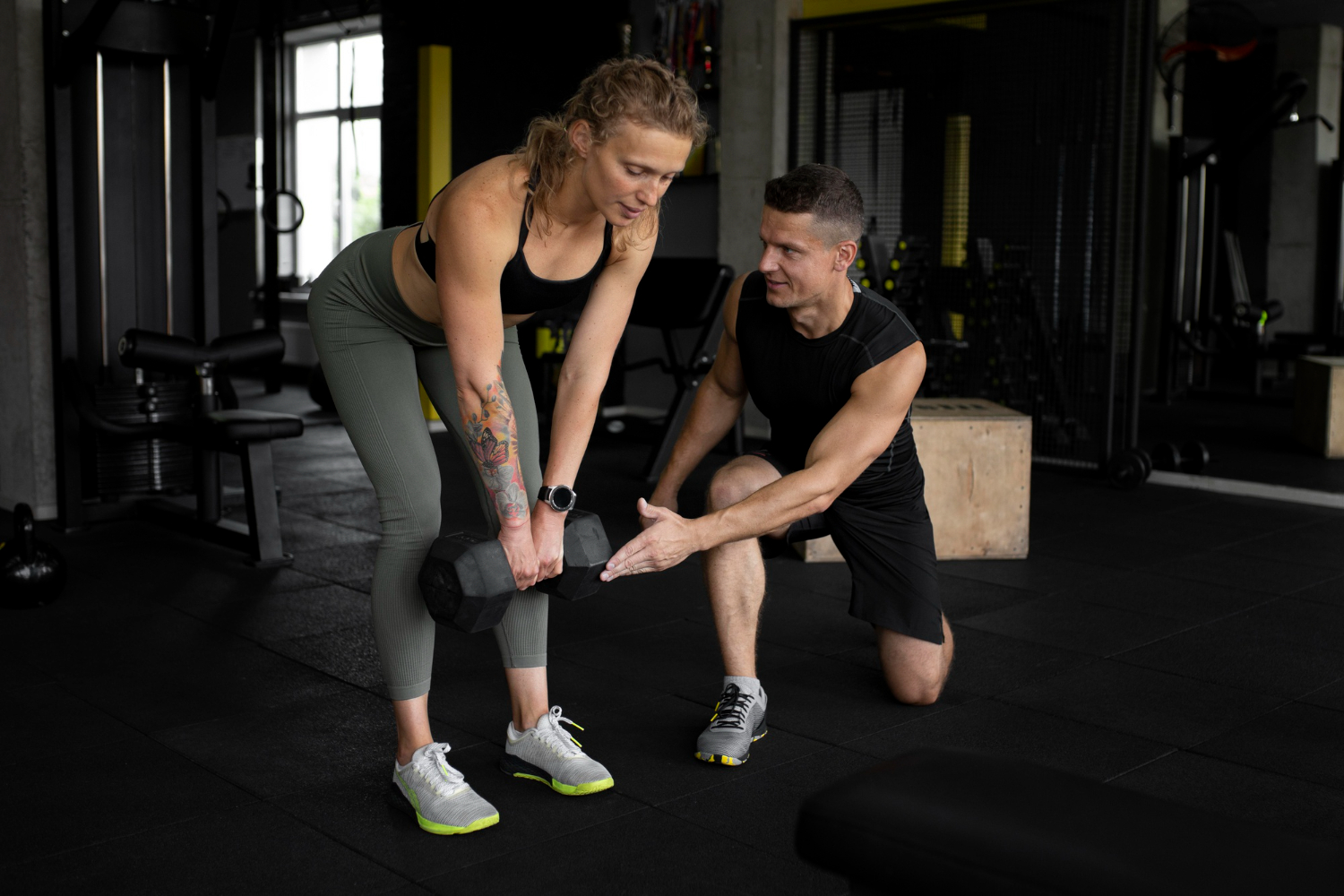
Lower back pain is a common issue among women, affecting their daily activities and quality of life. Whether it’s due to pregnancy, hormonal changes, or other factors, finding relief from lower back pain is essential for overall well-being. Lower back pain can be debilitating, impacting everything from work to leisure activities. For women, factors such as pregnancy, hormonal changes, and lifestyle habits can contribute to this discomfort. However, there are numerous effective ways and medications like Pain O Soma 500 mg Tablets to alleviate lower back pain and improve quality of life.
Causes of Lower Back Pain in Women
Pregnancy and Childbirth
Gaining weight and experiencing hormonal changes are just two of the many changes that a pregnant woman’s body goes through. This can lead to strain on the lower back as the body adjusts to the growing baby. Additionally, the act of childbirth itself can cause temporary or even long-term back pain.
Hormonal Changes
Hormonal fluctuations, such as those experienced during menstruation or menopause, can affect the ligaments and muscles in the lower back, leading to pain and discomfort.
Menstrual Cycle
Many women experience lower back pain as a symptom of their menstrual cycle. This is often due to hormonal changes and increased uterine contractions.
Poor Posture
When you sit or slouch for lengthy periods of time, you put unnecessary strain on your lower back muscles and ligaments, which can cause pain and discomfort.
Obesity
Excess weight puts added pressure on the spine and lower back muscles, increasing the risk of pain and injury.
Stress and Anxiety
Emotional stress and anxiety can manifest physically, leading to tension in the muscles of the lower back and exacerbating existing pain.
Effective Ways to Relieve Lower Back Pain
Exercise and Stretching
Regular exercise, including both cardiovascular and strength training, can help strengthen the muscles that support the lower back. Additionally, stretching exercises can improve flexibility and reduce stiffness. Medicationplace an online platform also provides information and medications that can help you to relieve your back pain.
Yoga and Pilates
These low-impact exercises focus on strengthening the core muscles and improving posture, both of which can help alleviate lower back pain.
Heat and Cold Therapy
Applying heat packs or cold packs to the affected area can help reduce inflammation and provide temporary relief from pain.
Proper Ergonomics
Maintaining proper posture while sitting, standing, and lifting can help prevent and alleviate lower back pain.
Massage Therapy
Massage therapy can help relax tense muscles and improve circulation, reducing pain and stiffness in the lower back.
Acupuncture
In this age-old method, tiny needles are inserted into certain areas of the body to relieve pain and speed up the healing process.
Chiropractic Care
Chiropractors use spinal adjustments and manipulations to realign the spine and relieve pressure on the nerves, reducing lower back pain.
Dietary Changes
Eating a balanced diet rich in anti-inflammatory foods can help reduce inflammation in the body, including the lower back.
Specific Exercises for Lower Back Pain Relief
Pelvic Tilts
In this position, you should bend your knees and lie on your back. With your pelvis tilted upward, press your lower back onto the floor. Hold for only a short while and release.
Cat-Cow Stretch
Get on your hands and knees, then arch your back up like a cat, and then drop it down, lifting your chest and tailbone like a cow. Repeat several times.
Child’s Pose
From a kneeling position, bring your hands forward and sit back on your heels. Keep gripping for 30 seconds to 1 minute.
Knee-to-Chest Stretch
While maintaining a flat foot on the floor, lie on your back with your knees bent. Bring one knee to your chest while you lie there. Reverse the legs after 20 to 30 seconds.
Bridge Exercise
In this position, you should bend at the knees and keep your feet flat on the floor. With a glute squeeze, bring your hips up toward the ceiling. Reverse the motion after a few seconds of holding.
Piriformis Stretch
When you’re on your back and your knees are bent, cross your ankles over your other knee. Pull yourself closer to your chest by grabbing the back of your leg. After twenty to thirty seconds, switch legs.
Lower Back Rotational Stretch
While maintaining a flat back and bent knees, roll over onto your side and lower both knees to the floor. Continue for 20 to 30 seconds before alternating sides.
Wall Sits
Lower yourself until your knees form a right angle while standing with your back pressed against a wall. Stay there for 30-60 seconds.
Lifestyle Changes to Prevent Lower Back Pain
Maintain a Healthy Weight
Excess weight puts added strain on the lower back, so maintaining a healthy weight through diet and exercise is crucial.
Practice Good Posture
Whether sitting, standing, or walking, maintaining good posture can help prevent lower back pain.
Lift Heavy Objects Correctly
When lifting, bend at the knees and use your legs to lift, rather than putting strain on your lower back.
Quit Smoking
Smoking can reduce blood flow to the spine and increase the risk of disc degeneration, leading to lower back pain.
Manage Stress Effectively
Stress can exacerbate lower back pain, so finding healthy ways to manage stress, such as meditation or deep breathing exercises, is important.
When to Seek Medical Help
If lower back pain persists or is accompanied by other symptoms such as numbness, tingling, or weakness in the legs, it’s important to seek medical attention. Additionally, if there’s a history of serious back injury, it’s best to consult with a healthcare professional.
Conclusion
Lower back pain can significantly impact a woman’s quality of life, but there are many effective ways to find relief. By addressing the underlying causes and implementing lifestyle changes, women can alleviate pain and improve overall well-being.
FAQs
Can lower back pain in women be a sign of something serious?
Lower back pain can sometimes indicate underlying health issues, especially if it’s persistent or accompanied by other symptoms. For accurate diagnosis and treatment, it’s crucial to talk to a doctor.
Is it safe to exercise if I have lower back pain?
In most cases, gentle exercise and stretching can help alleviate lower back pain. However, it’s essential to avoid activities that exacerbate the pain and to consult with a healthcare professional before starting any new exercise regimen.
Are there any specific dietary recommendations for relieving lower back pain?
Eating a balanced diet rich in fruits, vegetables, whole grains, and lean proteins can help reduce inflammation in the body, including the lower back. You might also do well to stay away from processed meals and sugary beverages.
How long does it take to see improvement in lower back pain with lifestyle changes?
The timeline for improvement varies depending on the individual and the severity of the pain. Consistently implementing lifestyle changes such as exercise, proper ergonomics, and stress management can lead to gradual improvement over time.
Can chiropractic care help with lower back pain in women?
Chiropractic care, including spinal adjustments and manipulations, can be effective in relieving lower back pain in women. However, it’s essential to consult with a qualified chiropractor to ensure safe and appropriate treatment.








